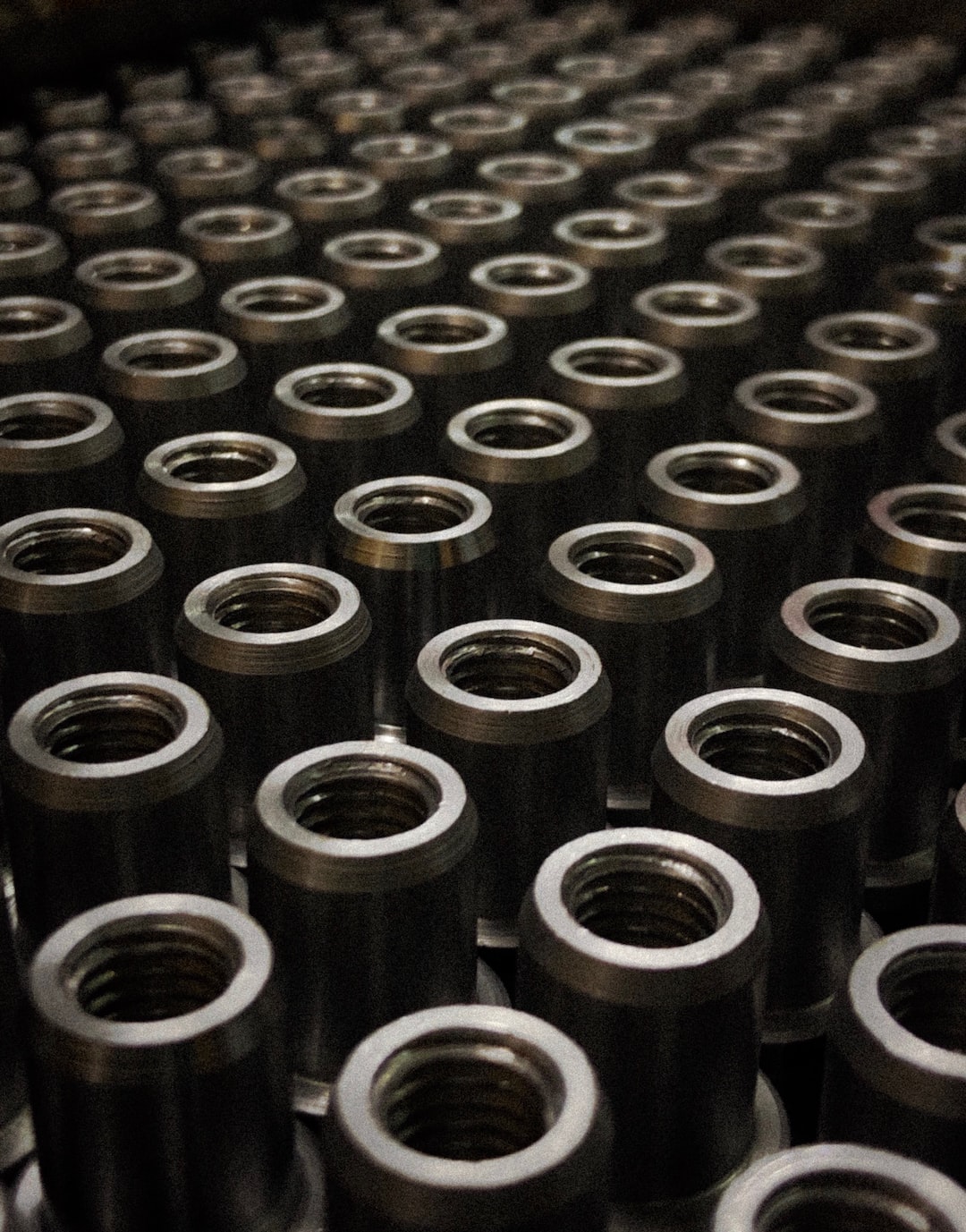Challenges and Advancements in Aerospace Engineering
Aerospace engineering is a field that focuses on the design, development, testing, and operation of aircraft and spacecraft. It has had a profound impact on the way humans explore the world beyond our planet and has played a crucial role in technological advancements. Over the years, aerospace engineering has faced numerous challenges that have driven remarkable advancements in the field. In this blog post, we will discuss some of these challenges and the corresponding advancements.
One of the major challenges in aerospace engineering has been achieving flight at higher altitudes and speeds. As aircraft and spacecraft try to push the boundaries of what is possible, engineers face various obstacles. For example, supersonic flight requires overcoming the barrier of shockwaves, which create immense drag and noise. Advancements in aerodynamics and materials have helped overcome these challenges. The development of sleeker and more streamlined designs, such as the iconic Concorde, allowed for supersonic flight while reducing drag and sonic booms. Additionally, the use of new materials like carbon composites has made aircraft lighter and stronger, enabling higher altitude flight.
Another significant challenge is the energy efficiency of aircraft. As global concern about climate change grows, reducing fuel consumption and emissions becomes crucial. Aerospace engineers constantly seek ways to make aircraft more fuel-efficient. One area of focus has been the development of efficient engines. Advancements in engine technology, such as the introduction of high-bypass turbofan engines, have significantly improved efficiency. These engines use a large fan at the front to generate most of the thrust, reducing the amount of fuel required. Additionally, hybrid and electric propulsion systems are being explored as alternatives to traditional jet engines, allowing for cleaner and more sustainable flight.
Space exploration has also presented its own set of challenges for aerospace engineers. One of the primary obstacles is the harsh environment of space. Humans and machines must endure extreme temperatures, vacuum, and radiation. To overcome these challenges, engineers have developed advanced thermal protection systems, such as ceramic tiles and ablative shields, to protect spacecraft during re-entry into the Earth’s atmosphere. Additionally, advancements in radiation shielding materials and techniques have ensured the safety of astronauts during long-duration space missions.
The colonization of Mars has been a long-standing goal for aerospace engineers. However, the challenges of long-duration space travel and habitation on another planet are immense. One of the major challenges is providing life support systems to sustain humans in space for extended periods. Engineers are developing closed-loop systems that recycle waste and produce food and water within the spacecraft, reducing the reliance on resupply missions. Furthermore, advances in propulsion technologies, such as ion propulsion and nuclear propulsion, could significantly reduce travel time to Mars and make long-duration missions feasible.
Safety has always been a paramount concern in aerospace engineering. Accidents like the Challenger and Columbia disasters have highlighted the need for constant improvement in safety measures. Engineers have developed more sophisticated ways to monitor and detect potential failures, such as structural health monitoring systems, which use sensors to identify damage or stress in aircraft components. Additionally, advancements in simulation technology have allowed engineers to better understand and predict the behavior of aircraft, leading to safer designs.
Advancements in materials science have been fundamental to the progress of aerospace engineering. Lightweight and durable materials are crucial for achieving greater performance in both aircraft and spacecraft. The development of carbon fiber composites, for example, has revolutionized the industry by providing strength and stiffness while being significantly lighter than traditional materials like aluminum. These advancements have not only increased performance but also improved fuel efficiency and reduced emissions.
Autonomous systems have also made significant advancements in aerospace engineering. Unmanned aerial systems (UAS), or drones, have become increasingly prevalent. They are utilized for tasks such as surveillance, mapping, and even package delivery. These autonomous systems require complex algorithms and data processing to navigate through airspace safely. Furthermore, the use of autonomous systems in spacecraft has the potential to revolutionize space exploration by reducing the need for human presence in hazardous environments.
In conclusion, aerospace engineering has faced numerous challenges that prompted remarkable advancements. Achieving flight at higher altitudes and speeds, improving energy efficiency, exploring space, ensuring safety, and developing new materials and autonomous systems are some of the key areas where progress has been made. With continued research and innovation, the aerospace industry will undoubtedly witness even greater advancements in the future, leading to new frontiers of exploration and pushing the boundaries of human capabilities.

